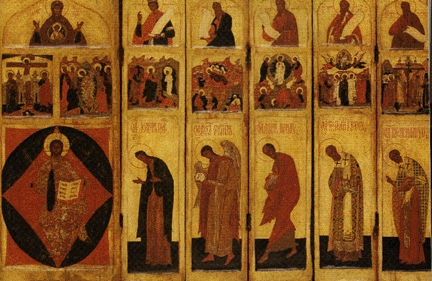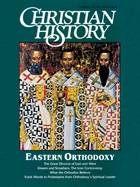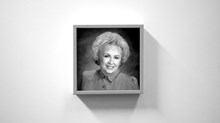The Orthodox Church is not a single church but rather a family of 13 "autocephalous," or self-governing, churches. They are united in their understanding of the sacraments, doctrine, liturgy, and church government, but each administers its own affairs.
The head of each autocephalous church is called a "patriarch" or "metropolitan." The patriarch of Constantinople (that is, Istanbul, Turkey) is considered the "ecumenical," or universal, patriarch. He enjoys special honor but no power to interfere with the 12 other Orthodox communions.
Many Westerners have been confused about Orthodoxy's distinct identity. In the American armed services, military identification tags of enlisted Orthodox believers once bore the inscription "Protestant."
On the other hand, some western theologians have dismissed Orthodoxy outright. Nineteenth-century church historian Adolf von Harnack wrote, "The Orthodox Church is in her entire structure alien to the gospel and represents a perversion of the Christian religion, its reduction to the level of pagan antiquity."
The Orthodox Church claims to be the one, true church of Christ. Orthodox thinkers debate the spiritual status of Roman Catholics and Protestants, and a few still consider them heretics.
The doctrine of justification by faith is virtually absent from the history and theology of Orthodoxy. Rather, Orthodoxy emphasizes theosis (literally, "divinization"), the gradual process by which Christians become more and more like Christ.
The Orthodox have experienced more brutal and lasting persecution than any other Christian body. Under Soviet atheism, for example, communists closed 98 percent of the Orthodox churches in Russia, as well as 1,000 monasteries and 60 seminaries. Between 1917 and the outbreak of World War II, some 50,000 Orthodox priests were martyred.
Orthodox Christians number about 215 million worldwide, with about 5.6 million in the United States. This makes American Orthodoxy about the size of the Presbyterian Church (PCUSA) and the Episcopal Church together.
In the last decade, many Protestants have converted to Orthodoxy. In 1987 former Campus Crusade for Christ staffer Peter Gillquist led 2,000 evangelicals in joining the Antiochian Orthodox Church. Another well-known convert is Franky Schaeffer, son of the late apologist Francis Schaeffer.
Orthodox worship can last two or more hours. Since Orthodox churches do not usually have pews, worshipers variously stand, kneel, and lie prostrate, depending on what the liturgy calls for.
Many Orthodox churches still follow the Julian calendar, authorized by Julius Caesar and used in Europe and the Mediterranean through the Middle Ages. Western churches adhere to the Gregorian calendar, Pope Gregory XIII's 1582 revision of the Julian. Because the Julian calendar now runs 13 days behind the Gregorian, many Orthodox celebrate holy days almost two weeks after the West.
The five largest Orthodox churches in the world are:
- Russian (70 to 100 million)
- Romanian (15 million)
- Greek (13 million)
- Serbian (8 million)
- Bulgarian (8 million)

Daniel Clendenin is author of Eastern Orthodox Christianity: A Western Perspective (Baker, 1994). He serves with InterVarsity Christian Fellowship at Stanford University.
Copyright © 1997 by the author or Christianity Today/Christian History magazine.
Click here for reprint information on Christian History.

Support Our Work
Subscribe to CT for less than $4.25/month






























